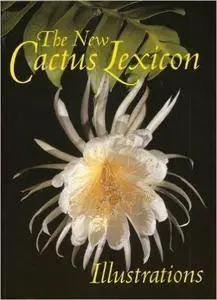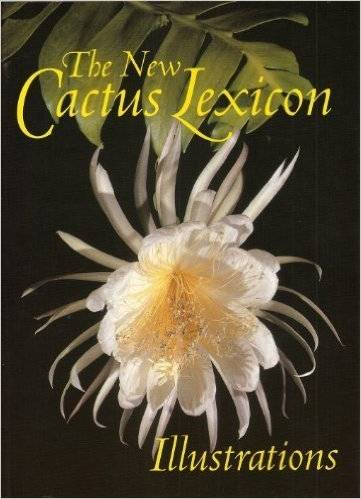David Hunt, Nigel Taylor, Graham Charles, "The New Cactus Lexicon - Atlas of illustrations"
English | 2006 | ISBN: 0953813460 | DJVU | pages: 537 | 180 mb
English | 2006 | ISBN: 0953813460 | DJVU | pages: 537 | 180 mb
When a new edition of Backeberg's Kakteenlexikon was first proposed two dccades ago, the publisher planned to re-use many of the photographs from the earlier editions. This remained the expectation until control of the project passed in the late 1990s to another publisher, who decided not to proceed with it, and the availability of the Backcbcrg illustrations was no longer assured. At a meeting of the International Cactaceae Systematics Group at Mil borne Port in June 2001, it was agreed that it would be preferable, in any case, to use newer images and, moreover, that the aim should be to illustrate all the recognized species. One of those present, Graham Charles, already well-known for his excellent photographs of cacti, volunteered his help with the compilation of a new portfolio of illustrations. He has since been very active in organizing it and has contributed more than 500 of the 2500 images eventually selected, as well as persuading numerous enthusiasts to lend us theirs, so enabling us to illustrate a very high percentage of the taxa recognized in the text.
Although digital images have bccomc more generally available during the period in which the illustrations for this volume have been compiled, and several contributors have submitted CDs with numerous good images for screening,we have generally preferred images on 35 mm film, largely bccause this is the medium which most of the contributors have used until recently, and partly for the ease of projecting and comparing competing transparencies using two optical projectors. About one-third of the photographs used have been contributed by the three members of the editorial committee and a further one-third by specialists on various genera who have attended one or more of the numerous screening meetings held, mostly at Milborne Port, between November 2001 and February 2005. For the remaining one-third wc gratefully acknowledge the collaboration of over a hundred professional and amateur enthusiasts.
It has been the aim throughout to use photographs of documentary interest whenever possible, that is to say photographs of plants in habitat at a specified locality or in cultivation from a recorded source. Preference has been given to pictures showing flower or fruit, as well as diagnostic features of the plant body. For larger-growing plants,habitat pictures have generally been preferred, but cultivated plants of known origin predominate among the pictures of the smaller ‘globular’ genera popular with collectors. Accurate data relating to such photographs are of scientific as well as practical value, providing factual evidence of the occurrence of the relevant taxon at or from the source indicated, which may (or may not) attest to the identification given - only someone's opinion, after all. Further data relating to altitude, soil conditions, accompanying vegetation may also help in understanding the taxon and its ecology,and a record of the date the photograph was taken will provide information on its phenology - when it was (or wasn't) in bud, flower and/or fruit, that particular year.
My Links
No mirrors please!
No mirrors please!



